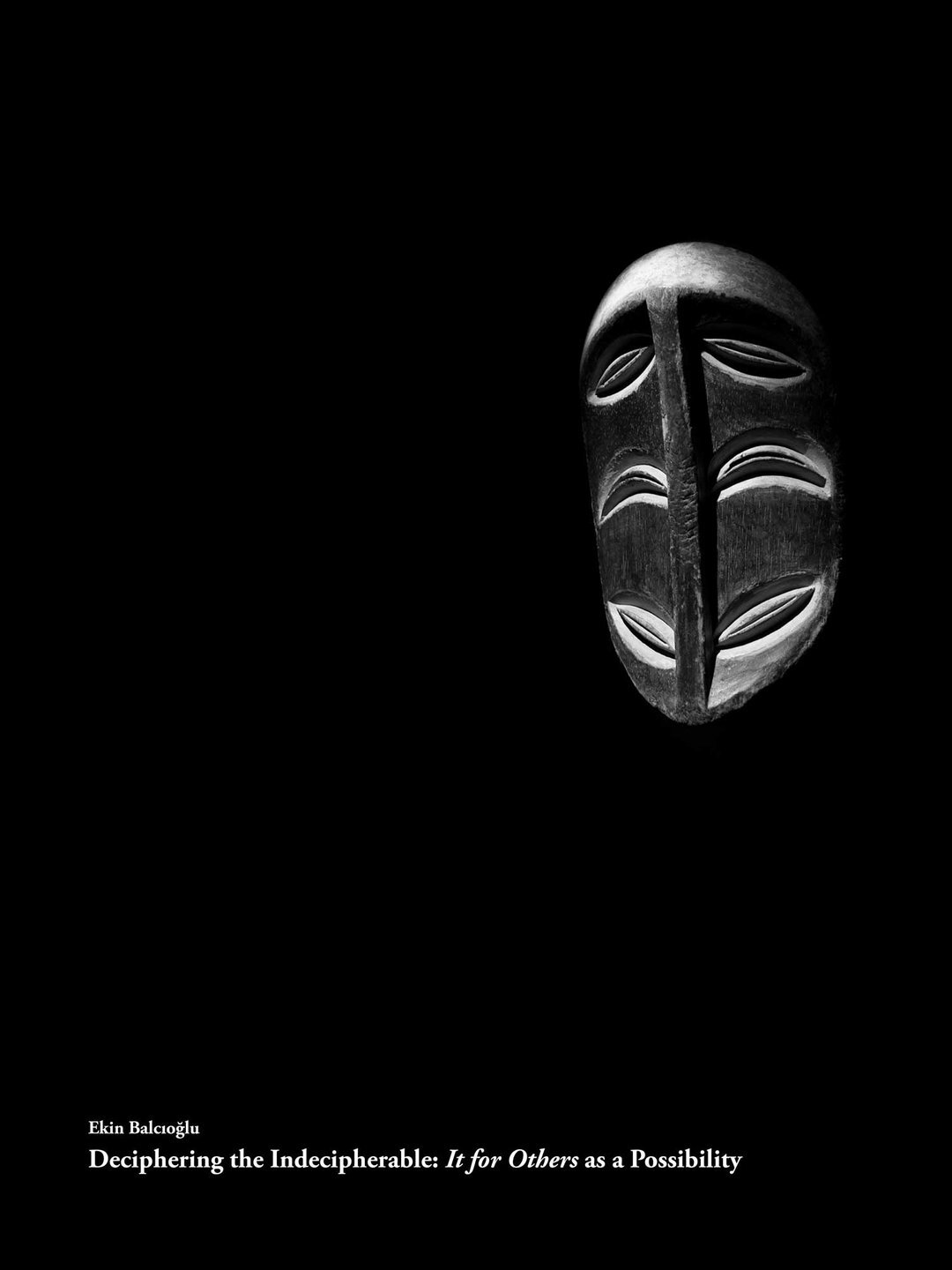Ekin Balcioglu
class of 2016
about
Ekin Balcioglu was born in Izmir, Turkey. She received her BFA in Fashion Design (Menswear) from Central Saint Martins College of Art and Design, London, UK in 2013. Ekin is a dual-degree candidate at California College of the Arts pursuing an MFA in Studio Arts and an MA in Visual & Critical Studies. She is an interdisciplinary artist whose practice investigates ideas of immigration, traditions, and roots. She produces a mixture of media including, film, photography, painting and installation that are often developed in response to specific locations and events. She explores the way identities are shaped and transformed across national, cultural, and intimate borders. She has exhibited in solo and group exhibitions throughout London, Istanbul, Izmir, Sofia and San Francisco.
Ekin is a recipient of IMPACT Social Entrepreneurship Award with the project “To Lemon Hill”. “To Lemon Hill” offers a Saturday tutoring program at Gelisim Collegiate in Izmir for Syrian refugee children where they will learn Turkish and English, among other subjects, with volunteer teachers and high school students. She is a recipient of Murphy & Cadogan Contemporary Art Award. Through her practice she merges socio-political issues with personal experience, targeting the gaps in history. Currently she works with Kurdish people who live in the Eastern Anatolia, documenting their stories. The project deals with the complex relationship that exists between the historical past and contemporary reality, as well as myths and facts.
ekin’s thesis
DECIPHERING THE INDECIPHERABLE: IT FOR OTHERS AS A POSSIBILITY
Is it possible to represent, collect, and display objects without imposing further meaning onto them or enact cultural imperialist thought? Contemporary Irish artist Duncan Campbell’s essay-film It for Others tackles this problem. The film resists being defined as anything other than what it defines itself to be. It for Others is not merely a post-colonialist critique of British museums, but an exemplary museum in itself. I suggest that It for Others, as a whole object, exemplifies a possible answer in its being that demonstrates signs of (colonial) subjecthood, and resists being colonized—it unleashes its being in its resistance. It for Others’s hyper self-referentiality complicates and leads any critical intervention to contradictory ends, thereby making way for dialectical method of display to emerge. Ultimately, it is It for Others itself that leads my analysis. My analysis is the collection and coherent associations of It for Others’s objects within a reading that does justice to the work’s complexity.


